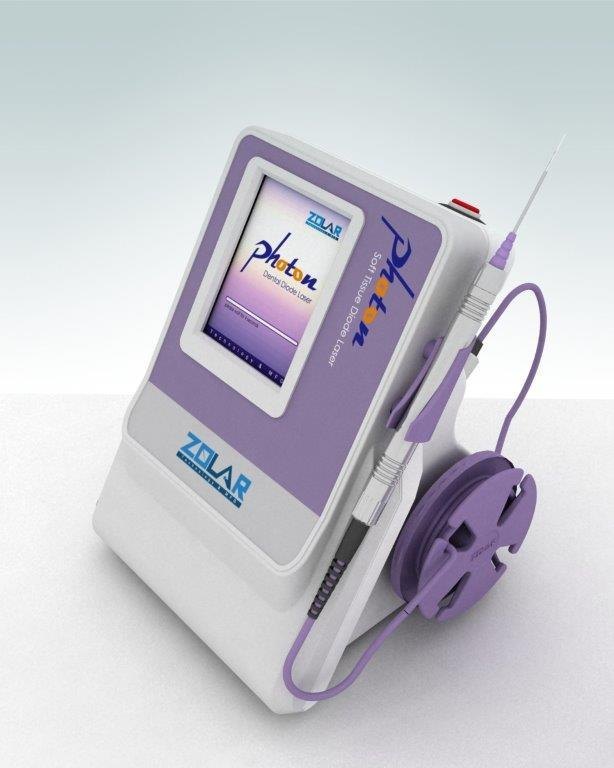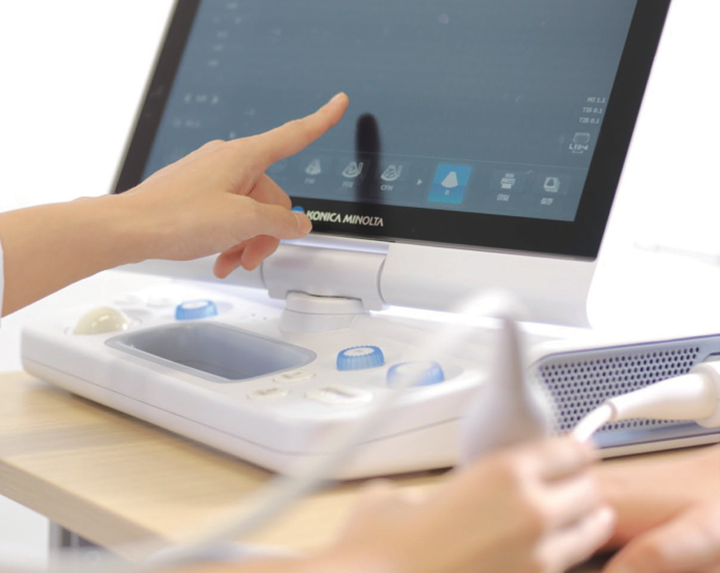Imagine going to the dentist, dreading the thought of scalpels, stitches, and long recovery times. But what if I told you there’s a way to avoid all that? Enter the Soft Tissue Diode Laser—a modern solution that’s revolutionizing dental surgery. But how does it compare to traditional surgery? Let’s break it down and see which option is truly better.
Understanding the Basics
Before we dive into the comparison, let’s understand what these two techniques involve:
- Traditional Surgery: This method involves the use of scalpels and surgical instruments to cut and remove soft tissue. Stitches are often needed, and healing takes time.
- Soft Tissue Diode Laser: Instead of a scalpel, a focused light beam is used to remove or reshape soft tissue. It’s precise, less painful, and promotes faster healing.
Now, let’s compare these two approaches based on key factors.
1. Pain & Discomfort
Nobody likes pain—especially when it comes to dental procedures!
- Traditional Surgery: Can be painful, requiring local anesthesia. Post-surgery pain is common due to cuts and stitches.
- Soft Tissue Diode Laser: Minimal pain! The laser seals nerve endings as it cuts, reducing discomfort. Many patients don’t even need anesthesia.
✅ Winner: Soft Tissue Diode Laser (Less pain, less stress!)
2. Healing & Recovery
After any procedure, recovery time is crucial.
- Traditional Surgery: Takes longer to heal because of open wounds and stitches. Swelling and bleeding are common.
- Soft Tissue Diode Laser: Faster healing! The laser cauterizes tissue instantly, reducing bleeding and lowering the risk of infection.
✅ Winner: Soft Tissue Diode Laser (Faster healing, quicker return to normal life!)
3. Precision & Safety
When it comes to dental procedures, precision is everything.
- Traditional Surgery: While effective, it can sometimes remove more tissue than necessary, increasing trauma.
- Soft Tissue Diode Laser: Super precise! It targets only the affected area, leaving healthy tissues untouched. Plus, it reduces the chances of post-op infections.
✅ Winner: Soft Tissue Diode Laser (Better precision, safer results!)
4. Bleeding & Infection Risk
Nobody wants unnecessary bleeding or a risk of infection after a procedure.
- Traditional Surgery: Cutting soft tissue leads to bleeding, and stitches can trap bacteria, increasing infection risks.
- Soft Tissue Diode Laser: Minimal bleeding! The laser seals blood vessels while cutting, reducing the risk of infection.
✅ Winner: Soft Tissue Diode Laser (Less mess, less worry!)
Supporting Example: A Real-Life Scenario
Let’s take the example of Sarah, a 35-year-old woman who needed gum contouring. She had two options: traditional surgery with a scalpel or a Soft Tissue Diode Laser procedure.
Sarah chose traditional surgery for her upper gums. It was painful, required stitches, and took two weeks to heal. Later, she decided to try the Soft Tissue Diode Laser for her lower gums. To her surprise, there was no bleeding, minimal discomfort, and she recovered in just a few days! She wished she had chosen the laser for both procedures.
This real-life case shows how Soft Tissue Diode Laser makes a huge difference in patient experience.
Final Verdict: Which is Better?
While traditional surgery has been around for a long time and is still effective, the Soft Tissue Diode Laser clearly wins in almost every category. It’s less painful, heals faster, causes minimal bleeding, and is more precise.
So, if you ever need a soft tissue dental procedure, wouldn’t you rather choose a modern, painless, and efficient option? The future of dental surgery is here, and it’s powered by Soft Tissue Diode Laser!




